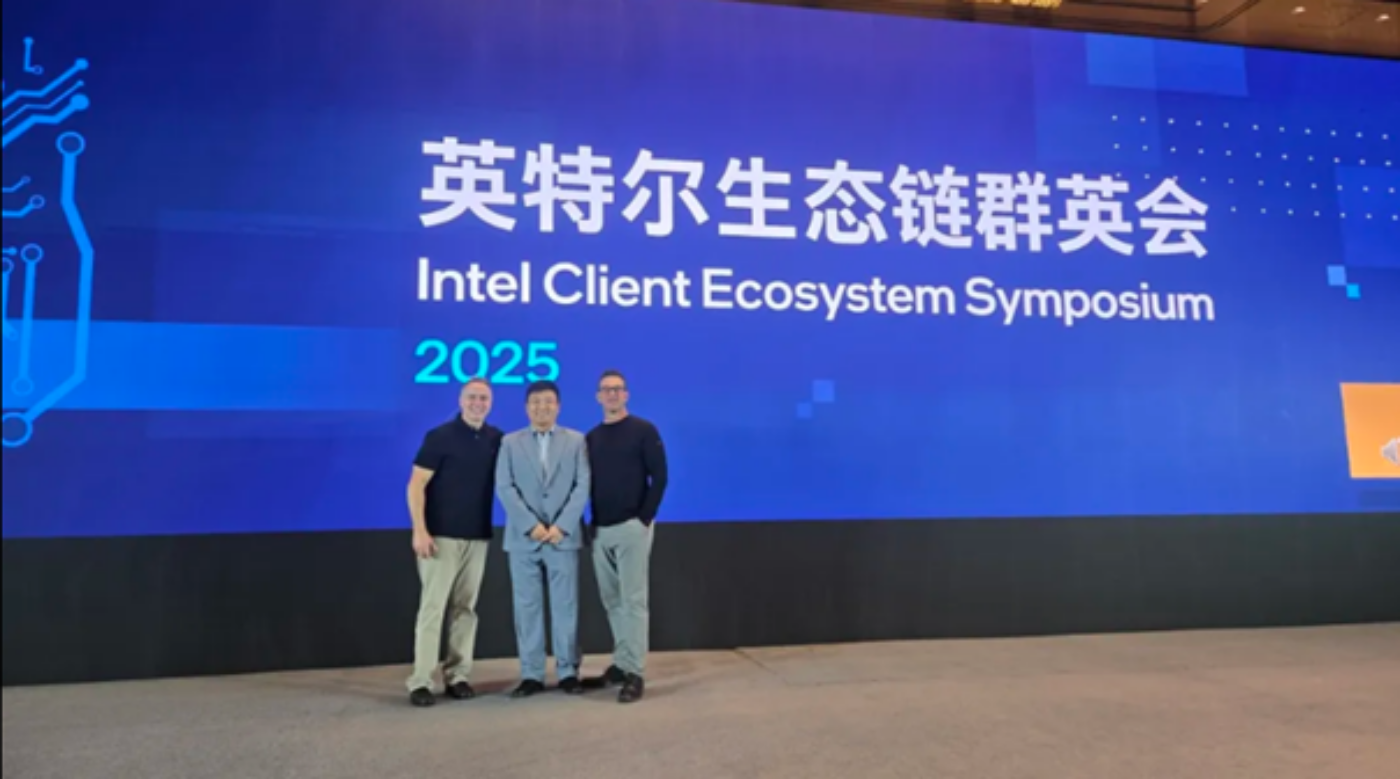[新着] インテルとBOE、消費電力を削減する1HzノートPCディスプレイモードの詳細を発表~その意味と登場時期
[ご案内] カウンターポイント TECHセミナー 2025
これらCounterpoint Research FPD部門 (旧DSCC) 発の分析記事をいち早く無料配信するメールマガジンにぜひご登録ください。ご登録者様ならではの優先特典もご用意しています。【簡単ご登録は こちらから 】
Intel, BOE Detail 1 Hz Laptop Display Mode to Slash Power Use: What it Means and When it Arrives
Intel and BOE have outlined a new trio of display-side power-saving features for upcoming Windows laptops, headlined by an extreme low-refresh “1 Hz mode” that kicks in when on-screen content is static. The companies say the approach can cut the display’s power draw by up to ~65%, a meaningful gain given that the panel is often a laptop’s single biggest battery drain. Systems using this technology are expected to ship in 2026.
What are the power-saving features
- 1 Hz static mode: When you are viewing non-moving content (mail, docs, still images), the display can drop refresh down to 1 Hz instead of holding 60/120 Hz, dramatically reducing panel power without blanking or dimming the screen. BOE first floated the 1 Hz capability last year; Intel and BOE are now positioning it for commercial rollout.
- Multi-Frequency Display (MFD): The panel/driver coordinates with Windows and Intel graphics to match refresh to content, like 24 Hz for film playback, 60 Hz for desktop and 120 Hz for scrolling, avoiding wasted frames and saving energy.
- SmartPower HDR (OLED-first): For HDR video and games, which are typically power-hungry, Intel/BOE dynamically adjust panel drive voltages based on scene brightness to maintain image quality while trimming energy use. BOE is expected to be a key supplier for OLEDs using this feature
Why this matters
- Battery life is where it counts the most for productivity and flexibility while on the go. Real-world laptop use is a mix of reading, writing, calls and light browsing, tasks dominated by static frames. If the display’s contribution to platform power drops meaningfully during these states, you extend uptime without touching CPU/GPU performance modes.
- Panel-level efficiency is the next frontier. CPUs/NPUs have already squeezed idle watts; displays are the logical target for the next hours of battery life, mirroring what LTPO smartphone and smartwatch panels did for power savings. Intel and BOE are effectively bringing that playbook to PCs.
How it compares to today’s PCs
- Beyond fixed Variable Refresh Rate (VRR): Many laptops already support 60↔120 Hz switching or basic VRR, but they rarely achieve single-digit refresh rates in idle states. Intel and BOE’s development extends the range down to 1 Hz and adds tighter OS/iGPU coordination and HDR-aware voltage control.
- Claimed savings: BOE has previously cited ~65% display-side power reduction with its 1–120 Hz “Winning Display” approach; the latest updates reaffirm that target as part of the joint rollout. (Actual system-level gains will be smaller but still meaningful.)
Timing, panels and OEM rollout
- Launch window: First laptops using Intel platforms with BOE OLED and IPS panels incorporating 1 Hz mode, MFD and SmartPower HDR are slated for 2026, with integration work underway now. Expect initial adoption in premium ultrabooks and OLED-equipped designs before it cascades down-market.
Analyst take
This is the right optimization at the right layer. The PC industry’s recent battery-life wins have come from silicon nodes, NPUs offloading background tasks, and smarter power policies. Displays remain the stubborn load, especially OLEDs in HDR, so the panel-driver-OS co-design is the logical next step. Technically, this blends ideas long proven in phones (LTPO, low frame-rate idle) with PC-specific hooks (Windows compositor, Intel display engine) and should deliver tangible “hours-not-minutes” gains for productivity and creative workflows.
What to watch
- Responsiveness: 1 Hz must ramp instantly to 60/120 Hz when you touch the trackpad or start scrolling. Any perceptible lag will force OEMs to dial it back.
- Color and flicker guardrails: Ultra-low refresh on OLED/HDR content can introduce artifacts if voltage/compensation isn’t tuned; SmartPower HDR will need careful quality assurance and control panel-by-panel.
- Ecosystem breadth: Early support will likely be best on Intel-first designs with BOE panels. Broad adoption requires playbooks for other panel vendors and, eventually, cross-CPU support to become a de facto PC display standard.
- Metrics that matter: Look for OEM claims that break out display power curves, not just “up to X% battery”. Expect 10%-20% system-level life gains in light-use scenarios if the ~65% panel reduction holds during idle-heavy use.
Bottom line
Intel and BOE are moving the battery-life battle to the screen itself. If the 1 Hz idle mode, Multi-Frequency Display and SmartPower HDR perform are as advertised, the 2026 laptops could see materially longer runtimes without sacrificing smoothness when you need it. As regards execution and broader adoption, the keys will be instant ramp-up, artifact-free HDR and broad panel support. This will determine whether this becomes a flagship feature or the new default for Windows laptops.


